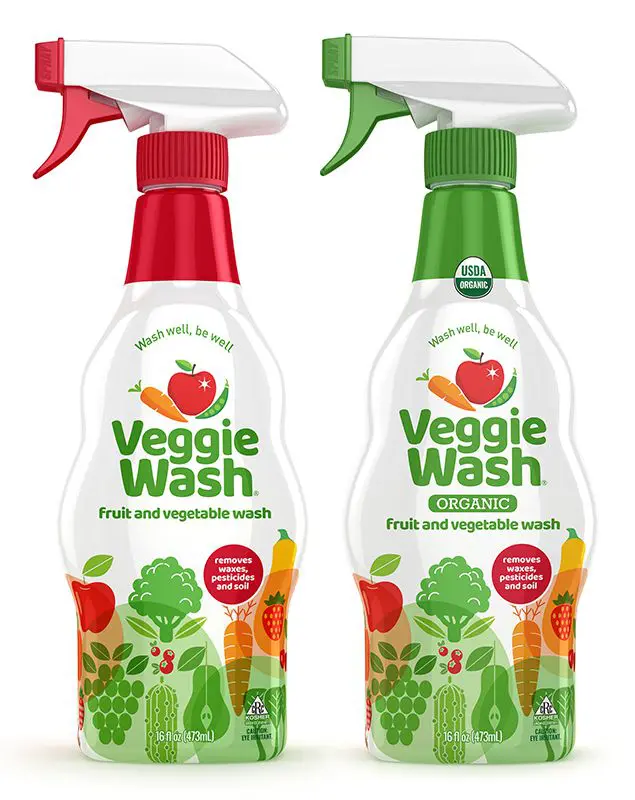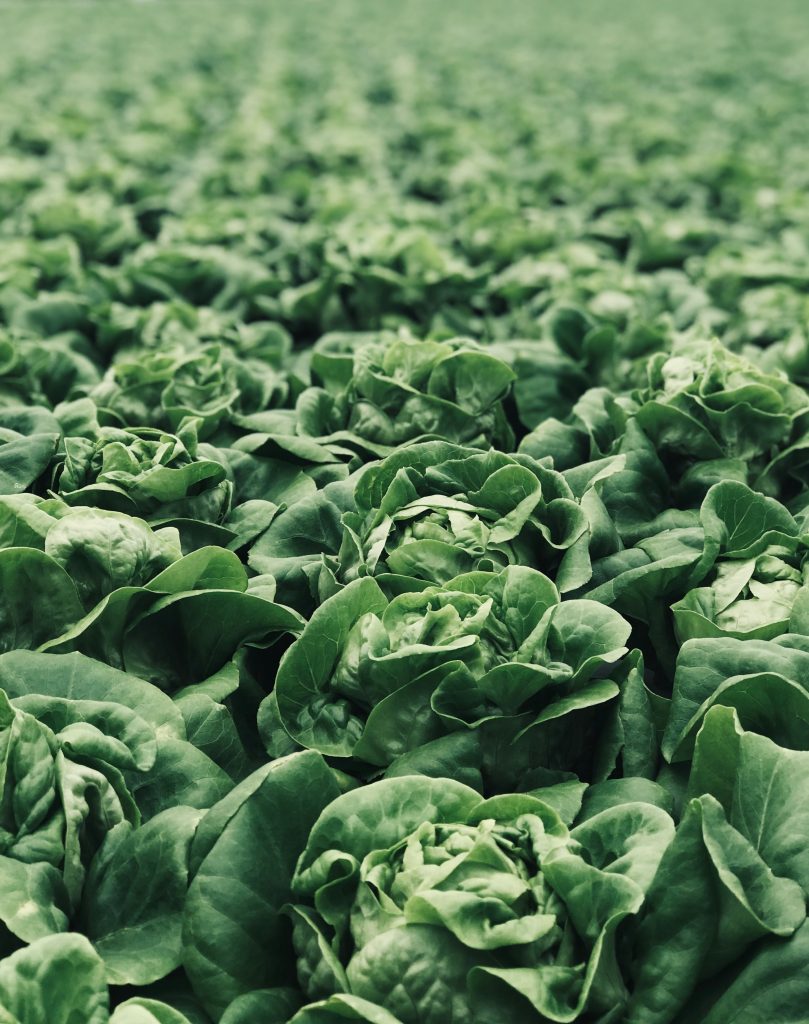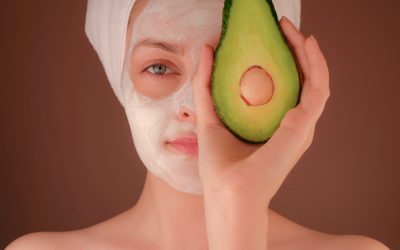Cleaning our produce before eating is the norm for most of us. And even though the FDA says rinsing under running tap water is enough, many people feel unsafe with just that.
It is no surprise, then, the number of folks searching for a fruit and vegetable wash recipe. In this article, you’ll find a very simple one.
But since technology has always been a loyal ally in the kitchen, we’ll also give you a cool tech alternative for cleaning your produce.
Skip and read
What is a fruit and vegetable wash?
A veggie wash is a solution of different ingredients with apparent disinfectant properties. We use it to clean fruits and vegetables, and it’s a way to ensure that possible harmful substances, bacteria, or debris on the outside of the produce don’t enter our bodies.
Typically made at home with common ingredients such as vinegar, salt, and sodium bicarbonate, there are industrial versions – like this one called Veggie Wash – pretty direct, uh?

Industrial or homemade, veggie wash is a safety line, and if you’re interested in one, here’s a simple recipe you can make at home:
Fruit and veggie wash recipe
As classic as this DIY recipe is, we thought it’d be great to recommend you this great one made by Ayn-Monique Klahre for https://www.thekitchn.com/.
To be precise, she shares 2 recipes – one for green leafy vegetables and the other for the rest of the fruits and vegetables you would have at home.
Wash recipe for green leafy vegetables

Method
First step: Make your solution by placing your greens in a glass or metal bowl. Make sure it’s totally clean. Fill the bowl with 4 parts water and 1 part vinegar, then add a tablespoon of salt.
Second step: Let the vegetables sit in that solution. About 2 to 5 minutes is enough.
Third step: Remove the greens and place them into a colander and rinse the solution with running cold water.
Fourth step: Dry the greens in a salad spinner. If you don’t have one, use the Jamie Oliver trick. Extend a clean kitchen towel and put the greens in the center. Then, grab each corner of the towel and make them meet so you can grab them all at once with one hand. You should hold it like a sack. Then, it’s time to spin – just like this (skip to the 1-minute mark):
Veggie wash recipe for the rest of the fruits and vegetables
Method
First step: Inside a spray bottle, mix four parts water with 1 part vinegar. To that, add a tablespoon of lemon juice. Shake it.
Second step: Put your fruits and vegetables in a colander in the sink. Spray them with the mixture and let them sit for 5 minutes.,
Third step: After the time has passed, rinse off the solution with cold water. You can use a scrub to rub foods with thick skin.
Fourth step: Dry them with paper towels.
Advantages of using a DIY produce wash
Easy to make: All the ingredients you would typically have at home
Cheaper than commercial options: All the ingredients are cheap, and you don’t need much of each.
Easy and quick to use: 2 to 5 minutes are enough for the solution to do its best.
They don’t leave bad odors or flavors: You just need to rinse off the wash. It won’t leave any trace of odor on your food.
Even though using a homemade veggie wash isn’t harmful, there’s no conclusive evidence of it being more effective than tap water.
Given that fact, technology presents interesting alternatives when it comes to produce cleansing at home.
Food tech appliances: An interesting alternative
Food safety is a big concern. According to the Centers for Disease Control and Prevention, “… an estimated 1 in 6 Americans (or 48 million people) get sick, 128,000 are hospitalized, and 3,000 die from foodborne diseases.”
Conscious of this, the food industry has always been adamant about safety. However, the big commercial washing machines are within businesses’ reach only because of size and price.
However, more and more companies are trying to make this cleansing tech more available for households.
To clean produce, some appliances use active oxygen. Here’s a good example:
DTX-1
The DTX-1 is a handheld cleansing device that uses a combination of active oxygen and ultrasonic waves as a method to eliminate impurities from your food.
That’d be a simple description of the DTX-1, but it can clean many more things.
But first, why active oxygen?
Active oxygen is a gas widely used in common appliances such as refrigerators. It has amplified oxidizing effects on bacteria and chemical substances.
Thanks to these properties, using active oxygen inside a refrigeration system means produce stays fresh longer by slowing down the proliferation of bacterial colonies. That also minimizes bad odors inside the fridge.
Now, the way Mira Safety designed the DTX-1 cleverly uses the power of active oxygen Check how the device looks while working.
The principle is simple: the DTX-1 introduces a ton of active oxygen molecules to that body of water and then rapidly spreads them using ultrasonic waves. This produces a highly oxidating environment for bacteria, molds, and chemicals that get destroyed.
By this method, produce will remain fresh even longer because it enters the fridge with 99% of bacteria already gone.
The DTX-1 has been tested in Europe as an effective way of cleaning food and daily-use items. Keys, utensils, and even your children’s toys.

You can check the DTX-1, here.
You might also like: B-12 shot side effects and 3 great alternatives you can take
Final thoughts
Clean fruits and vegetables are nothing more and nothing less than a thing of safety for ourselves and our loved ones.
Whether you prefer plain tap water, a vegetable wash, or a cleansing device, please ensure your produce is as clean as possible—no need to make the numbers of the FDA for food-born diseases.




